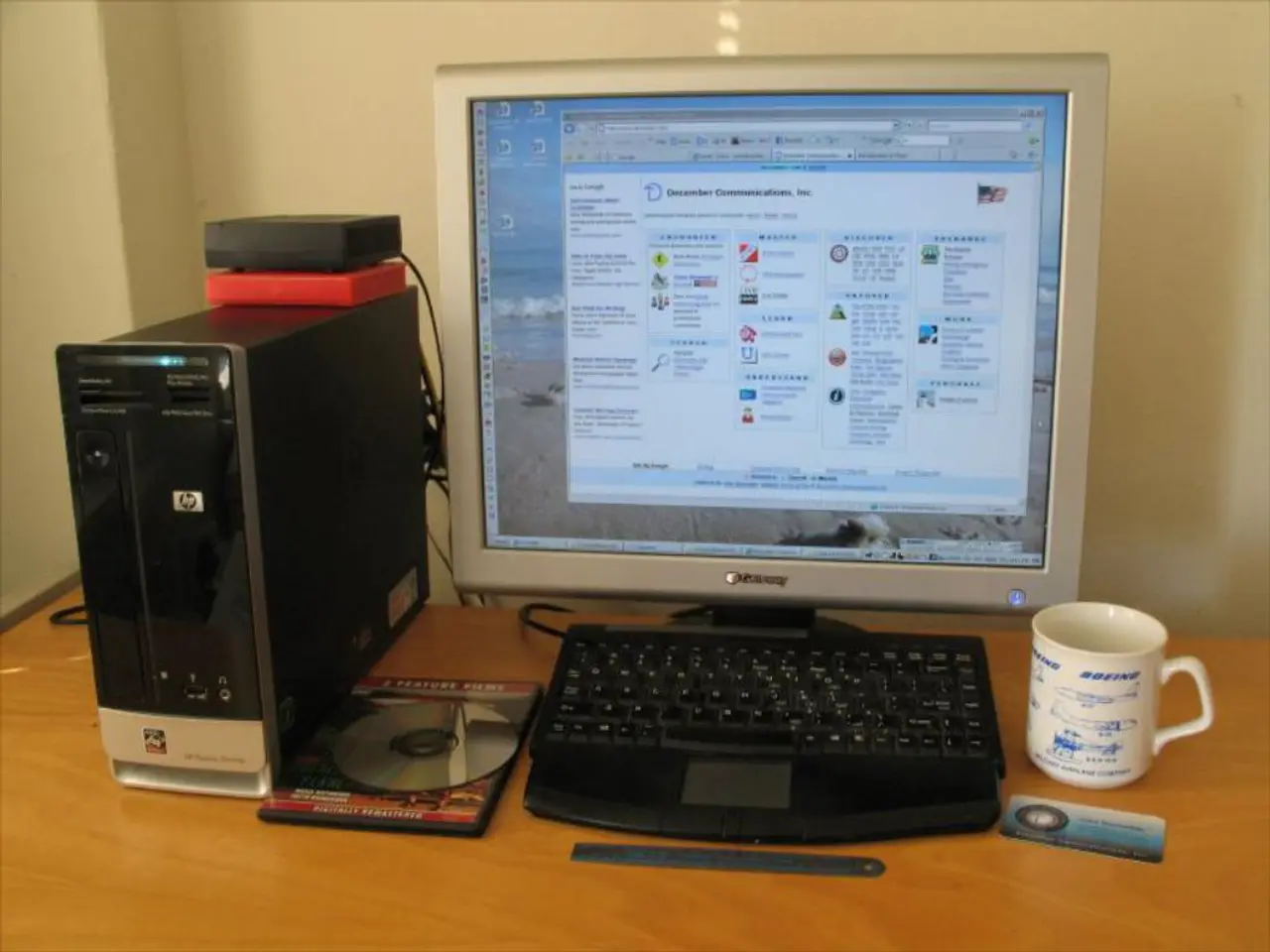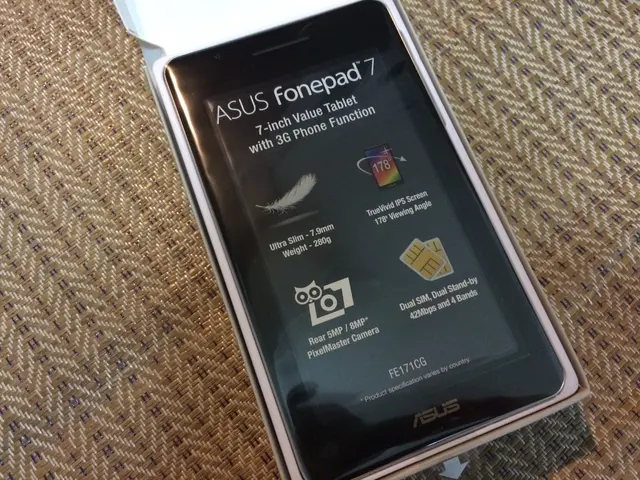Real-time Engine Data Visible on Dashboard
In an exciting development for car enthusiasts, a digital dashboard has been created by Shehriyar Qureshi that revolutionises the driving experience in Suzuki vehicles. The project, known as "oxidized" or "Rustified," was initially developed using Python to decode Suzuki's proprietary Serial Data Line (SDL) protocol and has since been ported to the Rust programming language for improved efficiency.
The system, installed in a Suzuki Baleno, connects to the car via the OBD port and the SDL line using a VAG KKL interface. It processes live data such as engine speed (RPM), vehicle speed, and other parameters, displaying them on an LCD screen within the car's stereo interface. Remarkably, the display updates smoothly and rapidly, providing real-time data without any noticeable lag.
The UI of the digital dashboard, built with the Ratatui Rust library, has a retro vibe reminiscent of interfaces seen in Hollywood movies. Despite using analog video, the results are sharp, ensuring a clear view of the data for the driver. One of the project's key features is its independence from a laptop in the car, making it a more user-friendly and streamlined solution.
Shehriyar Qureshi's digital dashboard for Suzuki cars is just one example of the growing trend of digital dashboards using proprietary or semi-proprietary technologies. Other notable examples include the AutoMeter DashLink II digital gauges, a commercial product that creates a customisable virtual dashboard by plugging into a vehicle's OBD-II port. This tool offers features like data logging, peak recall, and diagnostic trouble code reading, among others.
MaxxECU engine management system displays are another example, offering real-time digital data displays for various sensor inputs and operational statuses. These dashboards often show up as software interfaces tailored to the specific car or engine control unit they manage.
In summary, the innovation demonstrated by Shehriyar Qureshi's open-source Rust implementation of a digital dashboard for Suzuki cars showcases the potential of blending proprietary data with open technology for visualization. This project not only enhances the driving experience for Suzuki owners but also paves the way for future advancements in the field of DIY digital dashboards.
The Raspberry Pi, a popular gadget in the realm of technology, could potentially be used to create a more accessible, independent version of Shehriyar Qureshi's digital dashboard, allowing for wider exploration in data-and-cloud-computing within the automotive sector. With the growing trend of digital dashboards that leverage proprietary or semi-proprietary technologies, the possibilities for innovative, user-friendly solutions are boundless.




